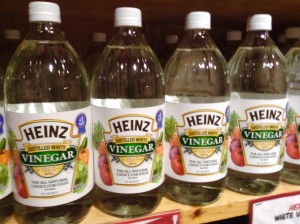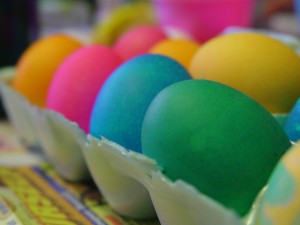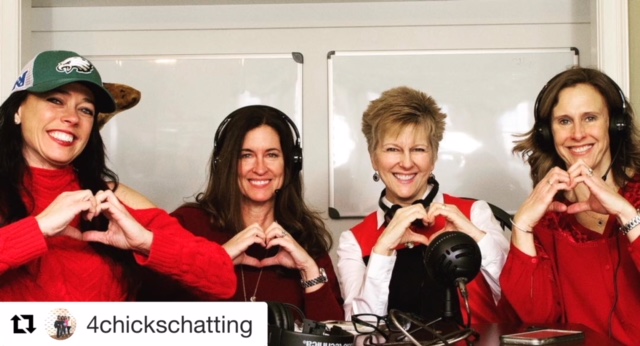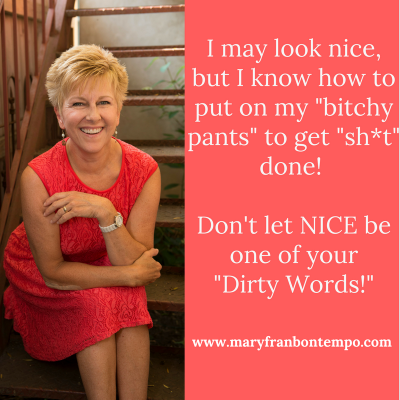 White vinegar.
White vinegar.
As scents go, it’s hardly one that you’d think would elicit fond memories. But I’m literally sitting here crying as I think of the ghosts of Easters past.
Any mother who celebrated Easter with her kids, at least when my kids were young, remembers the smell of white vinegar. It was the essential component when dyeing Easter eggs.
That’s what we did back in the day, before those mesh bags filled with plastic Easter eggs from China became ubiquitous during the Easter season.
I get it. I mean, the process of dyeing Easter eggs was laborious, smelly (see: white vinegar, above), and messy. Not to mention wasteful, because how many kids actually ate the eggs after dyeing them? When the other option is candy, few children opted for a hard-boiled egg. Plus, those plastic eggs came with the element of surprise. What was hidden inside? Candy? A dollar? The only thing hidden inside a hard-boiled egg was an egg.
 Still, dyeing Easter eggs with my kids was a special tradition. Gathered around the table dropping brightly colored discs into cups filled with pungent white vinegar, then carefully dipping the egg into the cup, their little faces shone with anticipation while waiting for the once white egg to be transformed.
Still, dyeing Easter eggs with my kids was a special tradition. Gathered around the table dropping brightly colored discs into cups filled with pungent white vinegar, then carefully dipping the egg into the cup, their little faces shone with anticipation while waiting for the once white egg to be transformed.
And remember those funky wire contraptions that lifted the colored egg from the cup so little fingers, and the freshly colored egg, were spared the mess?
I loved those days. They were all too short. But now, I have Emma, my darling granddaughter, with whom I plan to again dye Easter eggs. I hope we can make new memories together. Maybe some day, she’ll smell white vinegar and think of a happy time with her Franny. I know I will.







Leave A Comment